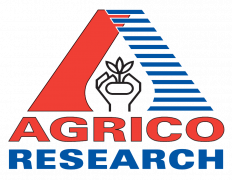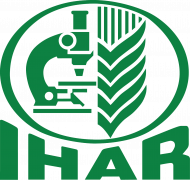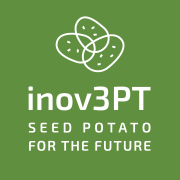Abstract
The present study evaluated the content of glycoalkaloids (α-chaconine and α-solanine) in the edible portion of six hybrid potato clones coming from the Italian potato breeding programme focused on resistance against the potato tuber moth (Phthorimaea operculella Zeller). To evaluate the influence of agro-climatic conditions on glycoalkaloid content, the potato clones were grown for two consecutive years in the four main potato production areas in Italy. The effect of genotype, cultivation area and year, and the interaction among these factors, were studied. A large variability in glycoalkaloid concentration was found (from 16.8 to 227 mg kg−1). Among the new potato clones, three (ISCI 181/10–4, ISCI 182/10–1 and ISCI 232/12–1) had low glycoalkaloid concentrations. Only one potato clone (ISCI 207/11–1) was over the safety limit of 200 mg kg−1. Genotypic variation was the main factor influencing glycoalkaloid accumulation, although the influence of agro-climatic conditions was also highlighted.















